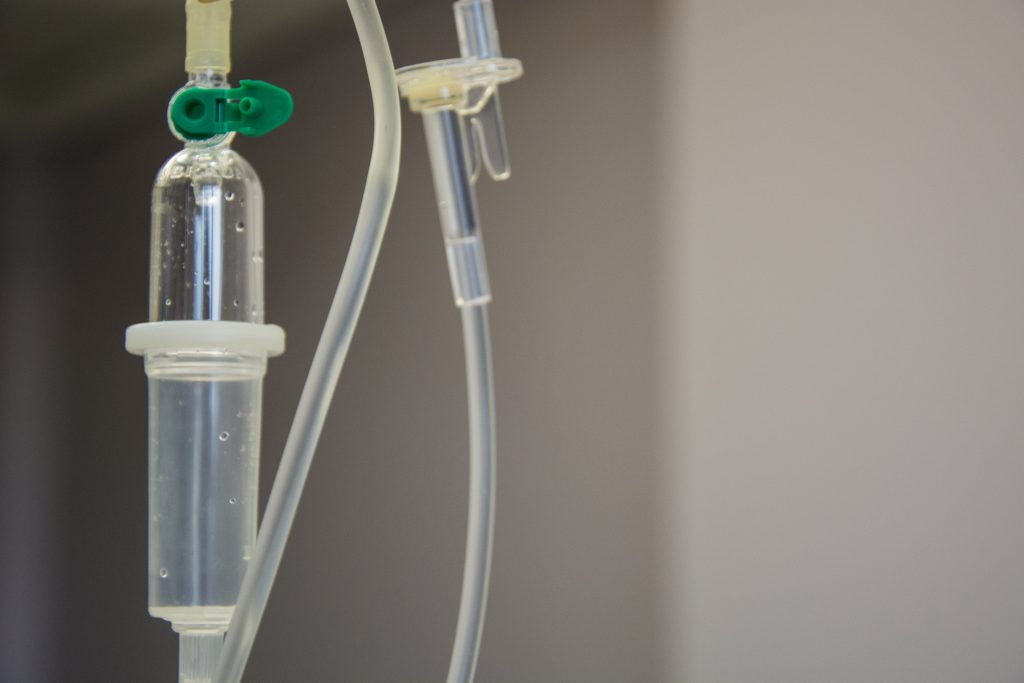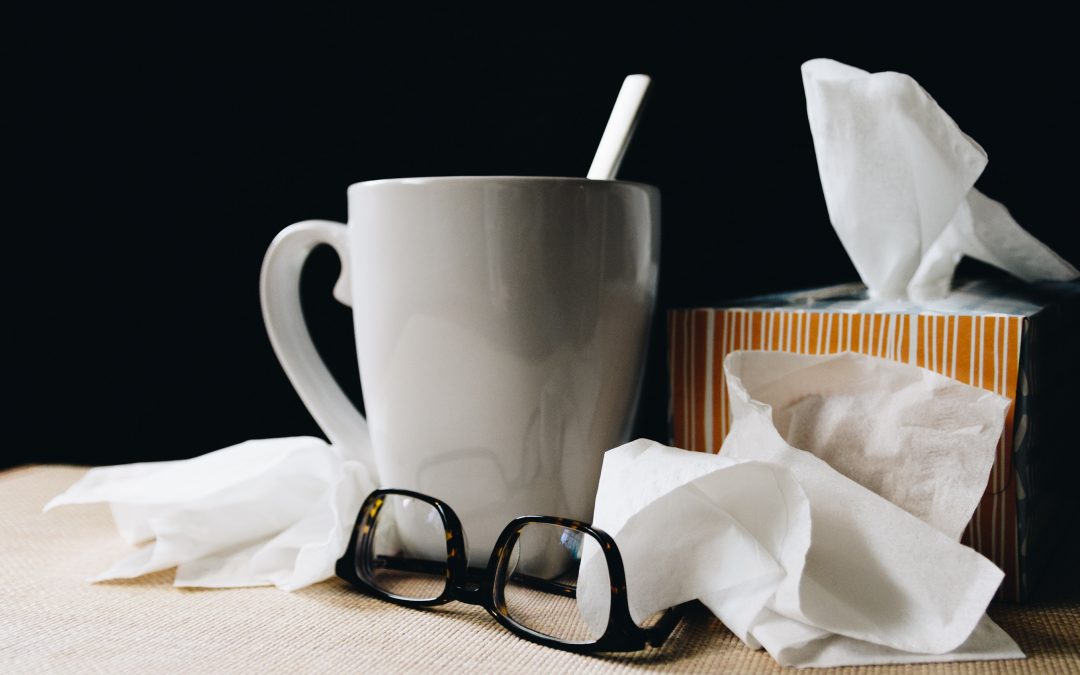Bodily fluid cleanup requires extra protective measures. Are all of your cleaners properly trained?
5.6 million
That’s how many people in the healthcare industry and related occupations face the risk of exposure to bloodborne pathogens, according to the Centers for Disease Control and Prevention (CDC). And the employees in your cleaning business could well be part of that number – especially if you do any crime scene or unattended death cleaning. With so much at stake, it’s important that your workers know how to handle bodily fluid cleanup properly.
Biohazard cleaning regulations
Surprisingly, there is no federal oversight when it comes to bodily fluid cleanup, meaning there are no requirements for certification or cleanup training, specifically. State regulations are equally absent. Only California and Florida require that biohazard cleaning companies obtain special permits to operate.
However, some types of training are still necessary. For example, an employee of any company who is at risk of occupational exposure to bloodborne pathogens must complete OSHA’s Bloodborne Pathogen and Personal Protective Equipment training programs. There are specialty trainers who can provide this service for a fee, or you can obtain the training materials from OSHA and cover it yourself.
Most states also regulate the transportation of hazardous waste. While there still aren’t any required trainings, workers who transport hazardous material, including bodily fluid cleanup, must be familiar with the state laws governing such transportation. Third-party trainings are available for this, or you can contact your State Department or Department of Transportation to find out the regulations.
Whether or not there are regulations around bodily fluid cleanup, preparing your workers with training on how to clean up and dispose of hazardous waste is essential to their health and safety. Fluids like blood, saliva, vomit, urine, and others pose a tremendous health risk, especially for workers who may already be sick. Failure to wear the proper protective equipment or follow safety protocols could end up causing a severe illness or worse.
For instance, let’s say you have a paper-cut on your finger and you handle bodily fluids without wearing protective gloves. If that tiny wound comes in contact with contaminated blood, the result could be an infection. And with the CDC estimating that 1 in 24 people have either hepatitis B, hepatitis C, or HIV, that’s not a chance anyone wants to take.
Document and share all of your safety practices with Janitorial Manager’s work management system. To see all the features we offer, schedule a free demo and learn what we can do for you!

Bodily fluid cleanup: Who, what, when, and where to train
The reality is that all workers who may be involved in bodily fluid cleanup must receive OSHA training and should receive protocol training as well. If you specialize in cleaning hospitals or healthcare facilities, dentists’ offices, or crime scenes, you’ll want to protect yourself with proper cleaning procedures. But there are some other job sites that you might not think of where this kind of training is helpful. Construction sites, gyms, and schools are all contaminated with sweat and in the case of accidents, may be contaminated with blood or other materials. Remember that even the smallest amount of fluid can cause a problem.
Not only should field employees know how to stay safe, but managers and owners of cleaning companies should be well-informed in bodily fluid cleanup. For one thing, it’s always inspiring for employees when a manager leads by example. But more importantly, if one of your workers is exposed to bodily fluids, they may turn to you for guidance, and it’s essential that you know safety procedures as well if not better than they do.
Many cleaning companies offer on-the-job training for handling hazardous substances, but not all of those programs are strictly internal. If you don’t have the resources to conduct a training on your own, consider contacting a third-party to come in and educate your employees. There are also plenty of online training courses available where workers can become certified in bodily fluid cleanup. (Just remember that the “certifications” aren’t recognized by any state or federal organization.) Most training can be done in just a few days or less, and you can rest easy with the peace of mind that your employees are as safe as they can be on the job site. Yes, these trainings come at a cost, but consider it an investment in your business.
Additional resources that may be helpful include the EPA, OSHA, CDC, and the Federal Motor Carrier Safety Administration, which helps regulate the transportation of hazardous materials.
Remember that health risks are not the only possible outcome of poor bodily fluid cleanup procedures. There may be fines for improper disposal of hazardous waste, and in extreme cases, you may even be found criminally liable for a worker’s injury or death if you didn’t provide adequate training. In short, it does everybody good to learn about safety protocols so that both you and your employees can focus on your work instead of the dangers of the job site.
Help your employees follow safety procedures with Janitorial Manager’s checklist and project management features. To learn more, contact us to schedule a free demo of our janitorial management software!

